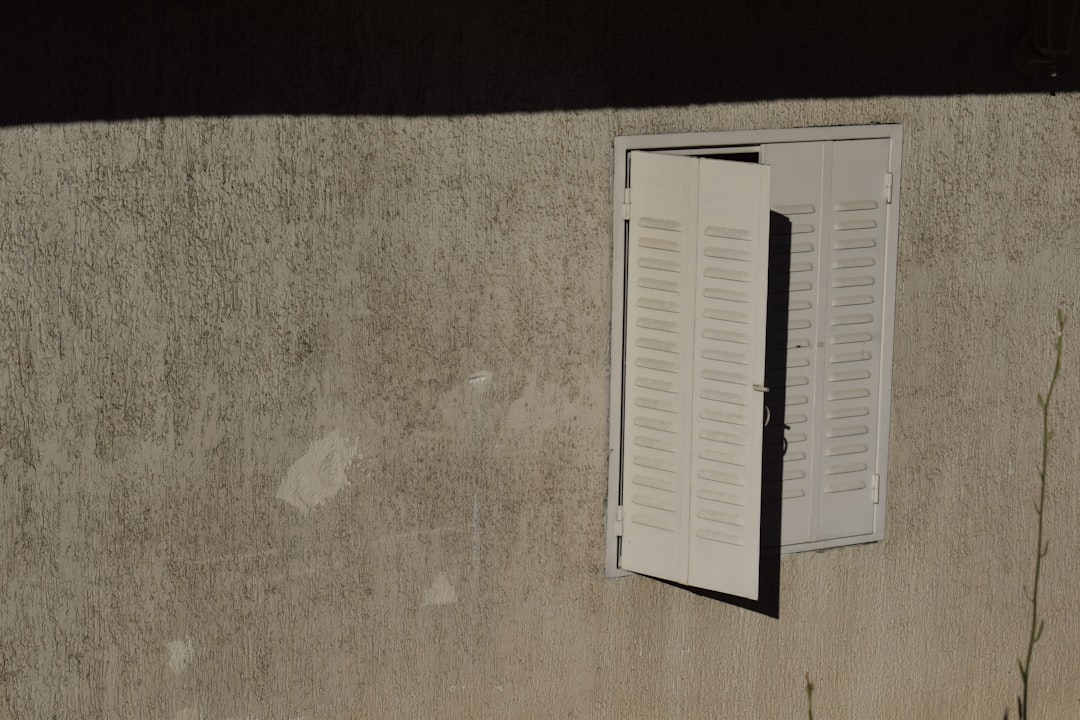Kitchen Ventilation Installation Cost: A Professional's Guide
For construction professionals, understanding the cost of kitchen ventilation installation is crucial. The average cost ranges from $1,000 to $3,500, depending on factors such as hood type, ductwork complexity, and local labor rates. This guide provides a detailed breakdown to help you budget accurately and avoid overestimating costs.
Why Kitchen Ventilation is Essential in Construction
- Prevents moisture damage to structural elements
- Improves indoor air quality by removing particulates
- Ensures compliance with building codes
- Enhances property value with professional-grade amenities
Average Price Range
Typical costs for kitchen ventilation installation vary based on:
- Hood type and CFM rating
- Duct length and routing complexity
- Electrical upgrades
- Finish materials
- Local labor rates and permit fees
Cost Breakdown by Component
- Vent Hood Unit
- Under-cabinet hoods: $150 – $450
- Wall-mount chimneys: $250 – $950
- Island hoods: $600 – $1,600
- Custom built-in liners: $900 – $2,500
- Ductwork & Termination
- Rigid galvanized duct: $8 – $14 per foot
- Roof or wall cap: $40 – $120
- Fire-rated sleeve: $4 – $8 per foot
- Electrical & Make-Up Air
- 120V circuit extension: $150 – $400
- 240V circuit: $250 – $600
- Make-up air damper: $350 – $750
- Labor
- Carpenter & installer: $300 – $900
- Electrician: $120 – $450
- Roofer: $150 – $350
How CountBricks Enhances Estimation Accuracy
CountBricks uses real-time data to provide accurate estimates, incorporating regional material pricing and crew productivity rates. This ensures that your quotes remain relevant and competitive.
Step-by-Step Budgeting Process
- Open the CountBricks app and start a voice session.
- Describe the kitchen layout and desired hood style.
- Identify any obstacles from the blueprint.
- Receive AI suggestions for optimal duct size and CFM.
- Review the itemized cost with the client.
- Convert the estimate to an invoice upon approval.
Regional Factors Affecting Price
- Higher labor costs in metropolitan areas
- Additional costs for older homes
- Coastal requirements for stainless fasteners
- Insulated duct sleeves in cold climates
Cost-Saving Options
- Choose under-cabinet hoods for short duct runs
- Align cooktops on exterior walls
- Use standard duct fittings
- Combine ventilation with broader remodels
Return on Investment
Modern ventilation systems can recover up to 70% of their cost at resale, especially when paired with other kitchen upgrades.
Compliance Made Easy
CountBricks ensures compliance with the latest codes, automatically updating to reflect new regulations.
Case Study: The Martin Residence
In a Portland bungalow, CountBricks recommended a 600 CFM wall-mount chimney, resulting in a final cost of $2,480. The project was approved and completed efficiently.
When to Upgrade Ventilation
- Persistent cooking odors
- Visible grease accumulation
- Excess condensation
- Code violations during inspections
Get Started with CountBricks
Professionals can streamline their estimating process with CountBricks. Visit CountBricks.com to create an account and start quoting with confidence.
Frequently Asked Questions
- Does ductless save money? Yes, but with higher maintenance costs.
- Can existing ductwork be reused? Only if it meets current specifications.
- How long does installation take? Most projects complete in one day.
Final Thoughts
Kitchen ventilation is crucial for comfort and compliance. CountBricks provides detailed insights to help you manage costs effectively.
Three Real-World Ways CountBricks Cuts Ventilation Costs
1. Precision Blueprint Takeoffs
CountBricks scans PDFs to identify routing paths, reducing labor costs by $200-$500.
2. Dynamic Supplier Pricing
Material prices update daily, saving contractors an average of $120 per project.
3. Automated Permit Packages
CountBricks streamlines permit applications, accelerating approvals by up to five days.
Pro Tips for Maximizing ROI
- Schedule ventilation rough-in with electrical work
- Use inline blowers to reduce noise
- Offer LED light kits as upsells
Next Steps
Visit CountBricks.com to explore our AI estimating platform and enhance your project quoting process.

